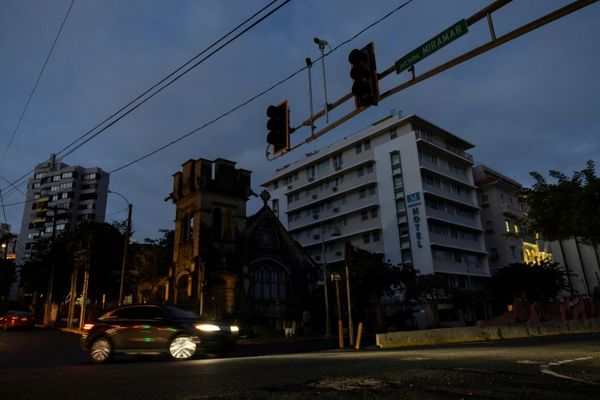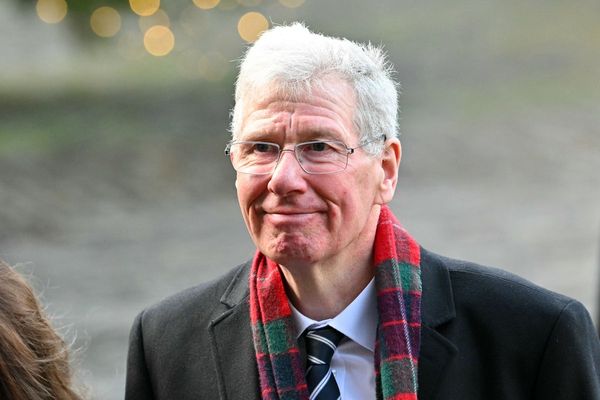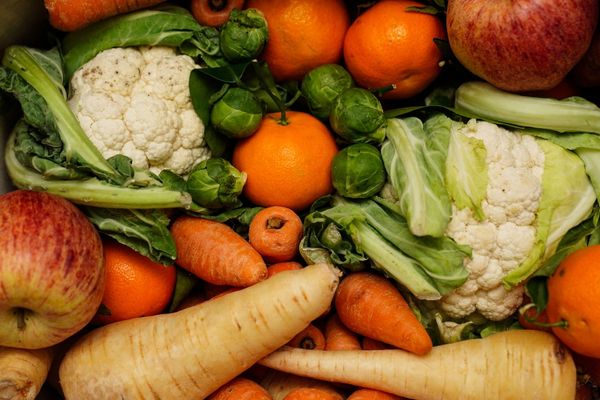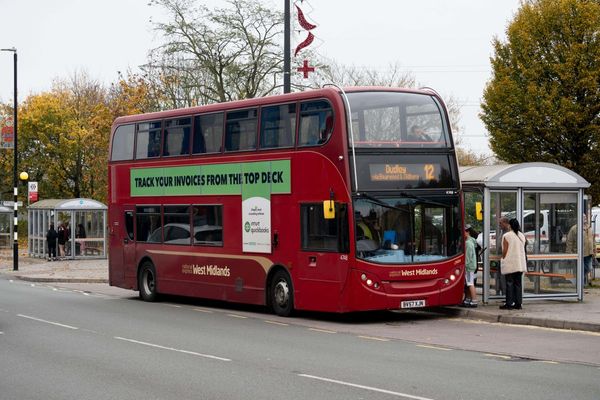
NEW DELHI—From 10 p.m. until midnight, Acquilin John in Mumbai, India, was desperately making phone calls, trying to find a hospital bed for a COVID-19 patient in distant Tamil Nadu she had never met. Eventually, the hospital staff stopped answering. “I don’t blame them really,” she said. “They must have been inundated with such calls. We tried our best to communicate; there was a huge language barrier too. But there weren’t any resources.”
John works as a digital growth strategist, but as the coronavirus crisis hit India, she, like thousands of others mostly in the urban middle class, started working with several informal networks that formed on social media in April to primarily help COVID-19 patients get essential medical resources like oxygen, plasma donations, medicine, and hospital beds.
India’s daily COVID-19 cases shot up to a massive 400,000 cases in May and has now shrunk back down after further lockdowns. At the peak though, the system was overwhelmed. People knew they were on their own when patients started dying, waiting for a space in a hospital or an ambulance that never arrived. Doctors started sending out desperate tweets warning of oxygen depletion, crematoriums started running out of space, and oxygen cylinders and concentrators sold at five times the regular price. An already overburdened health care system was crushed; even those who found a place in a hospital often died from lack of oxygen.
As the formal channels succumbed beneath the second wave, victims and their families frantically started sending out pleas and SOS messages on Twitter, Instagram, or any other social media platform they could use. Others rapidly acted, arranging hospital beds, medicine, and oxygen cylinders; offering to run errands, providing them with meals; and helping with college or school assignments. Activists and volunteers have been stretched thin as the demand kept growing amid severe resource shortages.
“When it all began, I saw posts from people trying to find the resources. So I got in touch with a group who was providing them help and started working with them,” John said, who was herself recovering from COVID-19 when the second wave hit India.
“My job was to collect and verify the data, both of which takes significant amount of time and calls as the resources, especially medicines, fly off the shelves as soon as a supplier’s number is posted to the social media. And when you are looking for fresh resources, let’s say oxygen cylinders, the person you have called up would often connect you to another person who would further connect you to someone else and so on. So, it can take about 30 minutes to verify one request,” she said, adding that she would often stay up late into the night after finishing her day job.
As the crisis deepened over the next few weeks, several people put their primary jobs on hold and started helping out patients on a full-time basis. Today, John says, many in the group are burned out and have had to step back a little for their own sake.
Nikhil Taneja, who runs a media organization in Mumbai, set up a team of 450 volunteers, mostly college students, across 14 regions to work around the clock helping out patients and their families. He said there are around 25 teams looking at different operations, such as maintaining databases, responding to social media messages and SOS calls, and matching people to resources. “We have another team of nonresidential Indians [a term for those living abroad] who talk to the patients while the volunteers in India sleep,” he said. “On some days, we would get as many as 1,000 requests for help. We are typically able to help 60 to 85 people a day.”
Rikit Shahi, a law student in Hyderabad, said he hasn’t attended a single class since April. He initially offered to run errands for patients in his neighborhood but eventually got involved in everything from finding hospital beds to arranging cremation for those whose families were abroad. “I am ready to take the backlog, but I just cannot think of academics when people are dying,” he said.
Shahi recalled one pregnant woman whose oxygen saturation level had plunged to a fatally risky 60 and who, like many others, was struggling to find a hospital bed. He tweeted out for help on her behalf, but unlike most other tweets, his drew the attention of state authorities, who then arranged a bed for her. “When she reached the hospital, that tweet’s screenshot acted as her passport to the hospital. Fortunately, she made it. But many others I have helped didn’t,” he said.
The networks went beyond medical resources and stepped up to provide support with many other day-to-day tasks. Rishika Arora, a student in Haryana, has been helping people with their college and school assignments. “Many colleges have not been accommodating on the deadlines. So I have been assisting them on making essay outlines, finding resources, and finishing worksheets,” she said.
Apurva Roy in Chhattisgarh said she has been cooking and delivering food to COVID-19 patients since the lockdown began in her state in mid-April. “My parents and I were initially delivering home-cooked food to anybody who needed it,” she said. “But then a couple down with the virus urged us to provide them meals as they had run out of food and nobody was willing to deliver it to them. That’s when we started a special meal for COVID patients at an affordable rate of 60 rupees (81 cents).”
In New Delhi, chef Pragi Nagpal and her team have been offering dinner to COVID-19 patients for free. Every day around 11 a.m., the team of 12 people begins cooking meals for 250 patients following a menu specifically designed to suit the dietary needs of COVID-19 patients. “Last year’s lockdown was very different,” she said. “We were focused on the business and did none of the community service. But this year, people were falling sick right, left, and center; I got goosebumps just to think of it. So we had to step up.”
If it weren’t for these online networks, Shruti Parija, who works at a non-profit, said she wouldn’t have been able to find help for her husband in Jharkhand. “My husband had a rare comorbidity, and we immediately needed to speak with a rheumatologist. But all the doctors we knew were busy and unavailable. That’s when we turned to an online community and found help,” she said.
Although the networks have become a lifeline for people in urban areas, nobody really knows the full impact of the unsparing wave on rural populations and those on the wrong side of the digital divide. Several volunteer groups made spreadsheets for many smaller cities—but in rural areas, a lack of access to digital knowledge and resources as well as language barriers made accessing such aid even through informal channels difficult. A report by Scroll said people were dropping like flies in the villages of Uttar Pradesh long before they could get tested.
Tejas Pande, an information designer in Bengaluru, who has been using Instagram to amplify requests and find resources for patients, explains how the movement grew organically from individual social media posts to huge databases and micro-websites collating city-based resources.
“Initially, we are just putting all the information into different buckets like ‘oxygen,’ ‘hospital beds,’ etc. But if someone is in distress and I send them a spreadsheet or an incredibly long list of contacts, that’s not going to be the most useful thing. You need to find them a resource that’s going to work,” Pande said. “So, many of us took up the role of matching patients to the right resources. And slowly, as things started getting worse, the need for verification also arose. Currently, I am working with a network of around 100 people, and we are just one among many others functioning in the country. The crisis has obviously made the strength of social media apparent, but it also says a lot about the degree of collapse out there.”
The work has inevitably brought trauma to those involved. “It’s not easy talking to people every day who are losing lives,” Pande added. “We are helping out, but at what cost? How do you process the number of messages saying that the patient is no more or when a patient’s family reaches back and says that you could not help? Moreover, there is survivors’ guilt that comes from being privileged enough to be sitting in the comfort of home.
“At this point, nobody is really talking about mental health, but the burden is enormous. We are talking about young volunteers here … 20-something people who should be having ordinary lives, going to college, bunking classes, laughing, chilling, and hanging out with each other. And suddenly, they are all responsible for the life and death of people.”
Shahi said he doesn’t have the time to process the scale of loss he has witnessed. “I have just tuned myself in a robotic way. If I sit down to grieve, I feel I would be missing out on hundreds of other requests for help. So I cry it out at night and get moving again,” he said.







